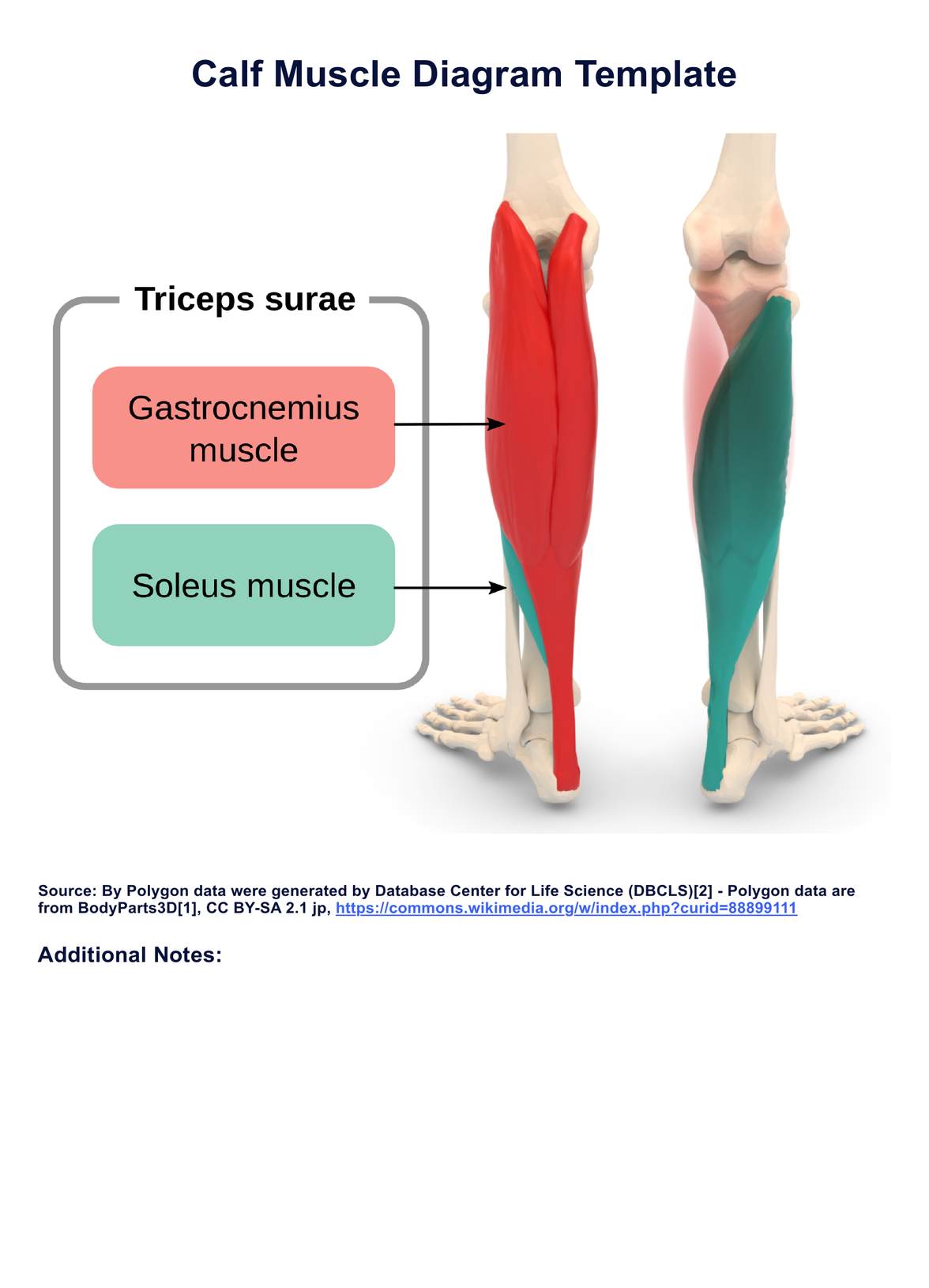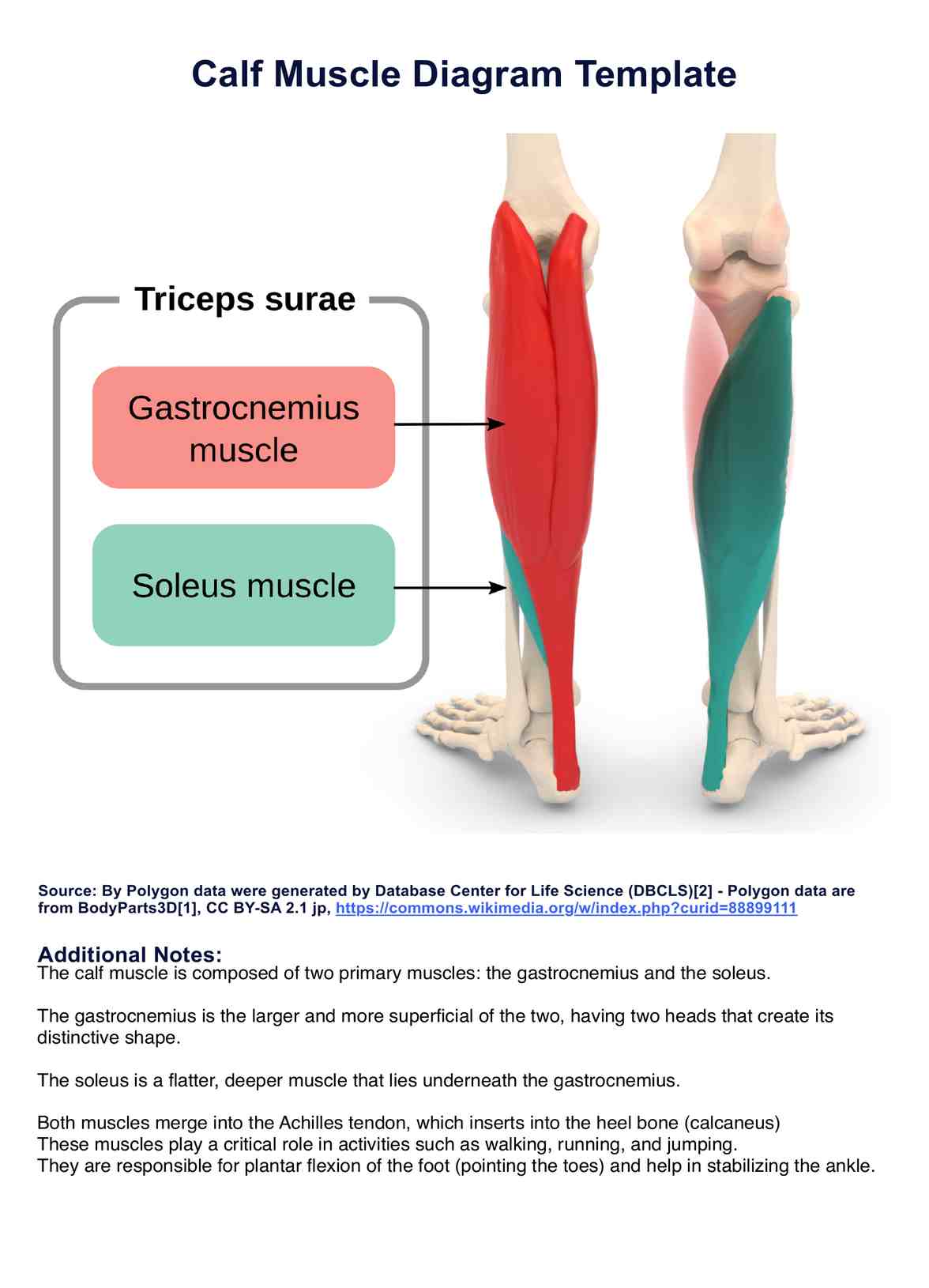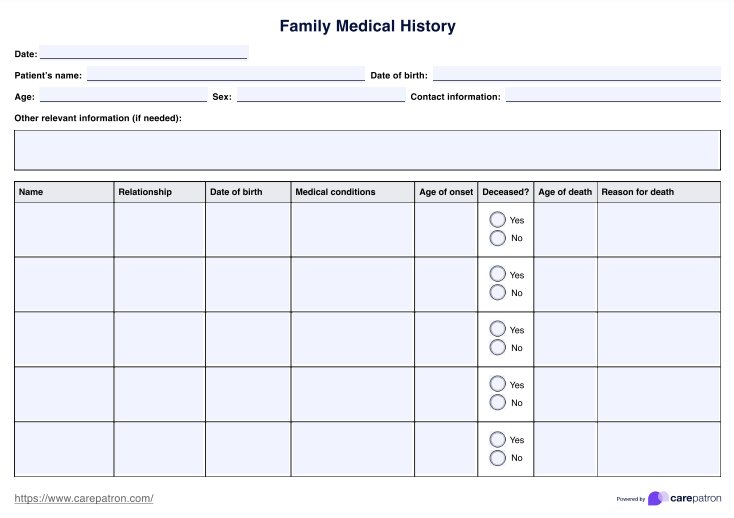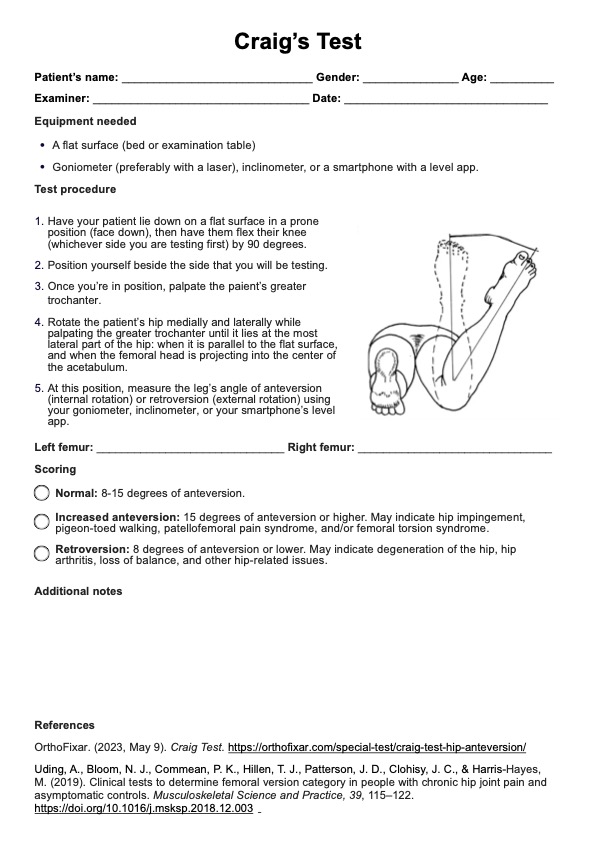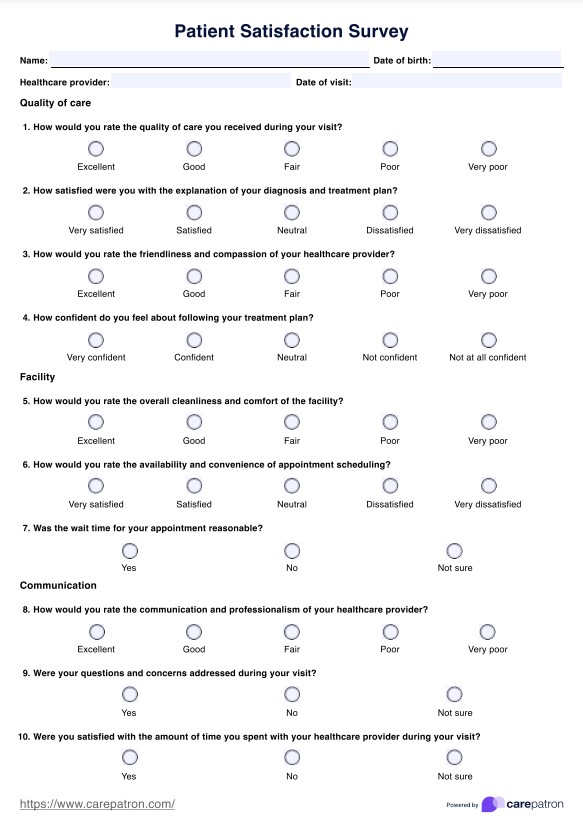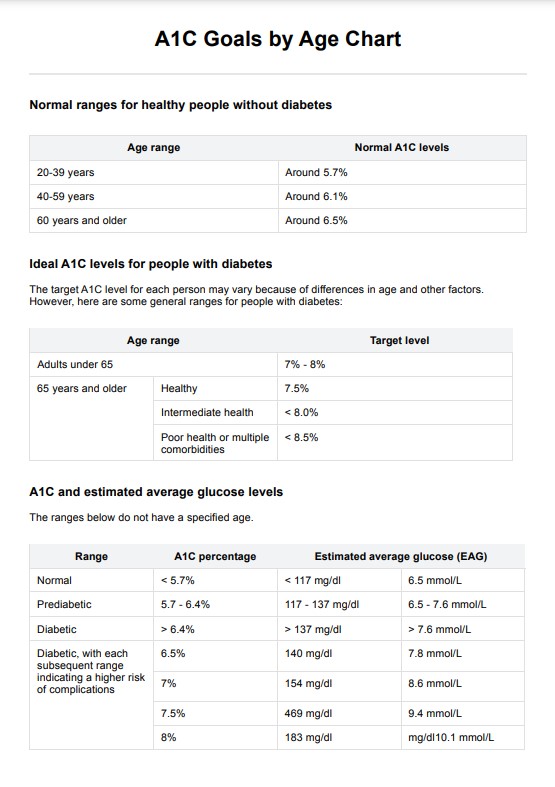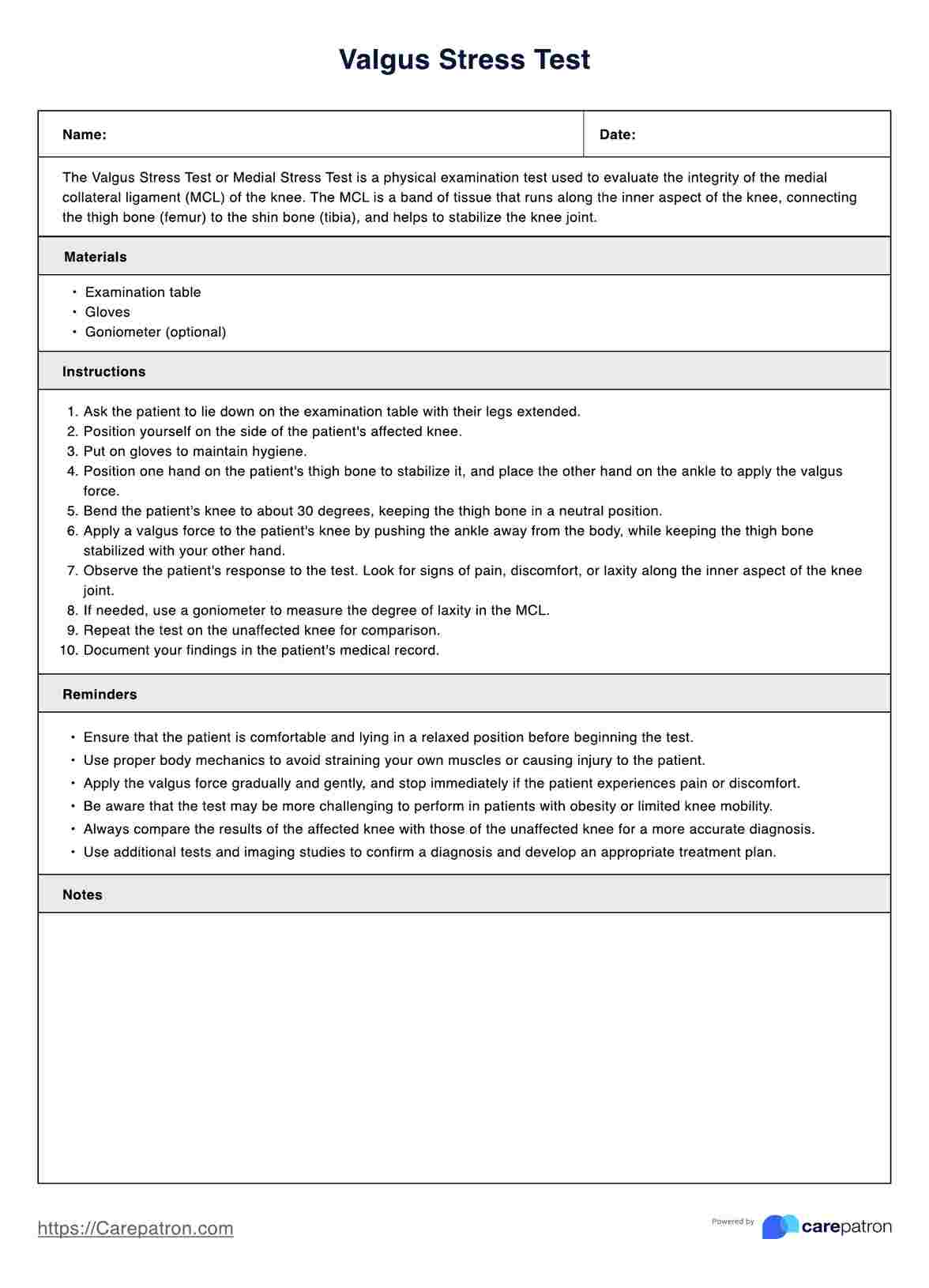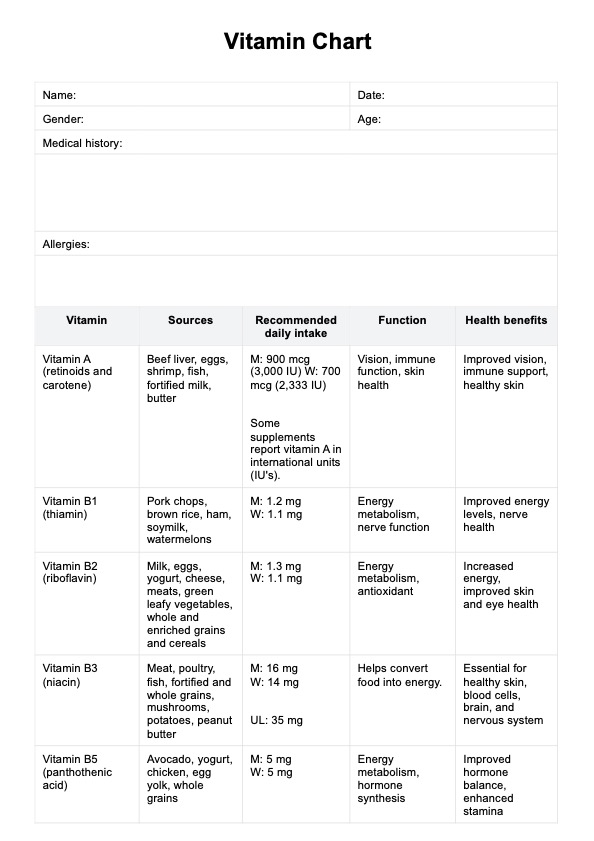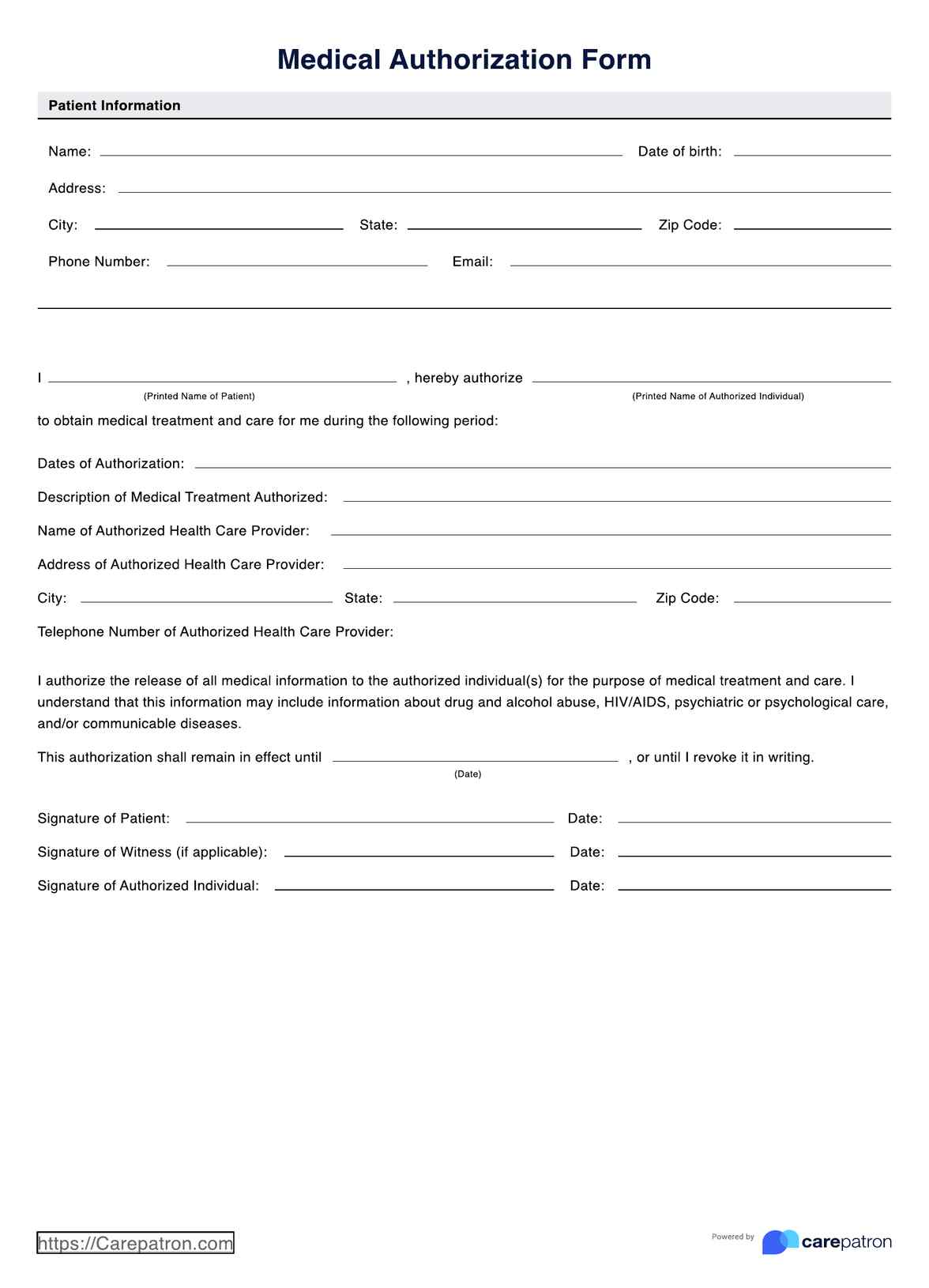Calf Muscle Diagram
A calf muscle diagram vividly illustrates the anatomy of the lower leg, highlighting the gastrocnemius and soleus muscles, which are essential for movement and stability.


What is a Calf Muscle Diagram?
A calf muscle diagram offers a concise yet comprehensive view of the calf muscles, clearly illustrating both the gastrocnemius and soleus. Designed for easy understanding, it's ideal for both healthcare professionals and individuals keen on learning about muscle anatomy.
The diagram highlights the dual-headed gastrocnemius muscle, essential for knee flexion and ankle plantar flexion, and the underlying soleus muscle, crucial for posture and endurance activities.
This tool is informative for those studying anatomy and invaluable for individuals recovering from calf injuries, fitness enthusiasts, and athletes. It aids in understanding muscle functions and helps in effective training and injury prevention. Our calf muscle diagram is a valuable educational resource for anyone interested in the complexities of calf muscle anatomy.
Calf Muscle Diagram Template
Calf Muscle Diagram Example
How are Calf Muscle Diagrams used?
Calf Muscle Diagrams are essential tools for clarifying the anatomy of calf muscles and are highly beneficial for both healthcare professionals and patients. These diagrams present a clear and understandable view of the calf's structure and functions, clearly illustrating the gastrocnemius and soleus.
Our diagram distinguishes itself with its use of vibrant colors and directional arrows, which bring to life the interplay and connectivity of these key muscles. This not only enhances the visual appeal of the diagram but also aids in distinguishing each muscle and its functions, making it easier for users to comprehend the complex muscular arrangements in the calf.
Furthermore, this visual representation is instrumental in simplifying the otherwise challenging task of understanding the lower leg's muscular system. It breaks down the anatomy into more digestible segments, aiding in educational purposes, patient consultations, and even in designing targeted rehabilitation or fitness programs. Whether for a detailed study in an academic setting, a clear explanation in a clinical context, or a guide for personal health and fitness, our calf muscle diagram is a valuable and accessible educational tool.
In addition, the clarity and detail of our calf muscle diagram make it an excellent resource for those interested in the biomechanics of the lower leg, sports medicine, or in addressing specific calf-related health concerns. By presenting a comprehensive view of the calf muscles, our diagram facilitates a deeper understanding and appreciation of this vital part of the human anatomy.
When are the best times to use this Calf Muscle Diagram template?
Educational purposes
One of the prime instances to utilize the Calf Muscle Diagram template is in educational settings. Students of anatomy, physiology, and related medical fields will find this template invaluable for understanding the complex structure of the calf muscles. It serves as a visual aid that complements textbook learning, making it easier for learners to grasp the intricate details of the gastrocnemius, soleus, and Achilles tendon. Instructors can also use this diagram as a teaching tool in classrooms or workshops, enhancing the learning experience.
Healthcare consultations
In the healthcare sector, the Calf Muscle Diagram template proves extremely useful during patient consultations. Medical professionals, including doctors, physiotherapists, and sports medicine specialists, can use it to explain the specifics of calf-related injuries or conditions to patients. It's particularly beneficial when discussing the mechanisms of injuries, treatment plans, or rehabilitation exercises. A visual representation can significantly improve patient understanding and engagement in their treatment process.
Fitness and sports training
For fitness enthusiasts and athletes, understanding the anatomy of muscles is crucial for effective training and injury prevention. The Calf Muscle Diagram can be a handy reference for trainers and coaches to educate about the importance of calf muscles in various physical activities. It can also be used to demonstrate correct exercise techniques or to plan targeted training regimes focusing on calf muscle strength and flexibility.
Personal health management
Individuals interested in personal health and wellness can also benefit from this diagram. It can be a resource for those seeking to understand more about their own body, especially if they are recovering from a calf injury or aiming to strengthen and condition their lower legs. The diagram can guide self-care practices and inform decisions about exercises and activities suitable for maintaining healthy calf muscles.
In summary, the Calf Muscle Diagram template is a versatile tool that can be effectively used in various contexts, from education and healthcare to fitness and personal health management. It is an essential resource for anyone interested in the anatomy and care of calf muscles.
What are the benefits of using a Calf Muscle Diagram?
One of the primary benefits of the calf muscle diagram is the enhanced understanding of the complex anatomy it offers. For students, medical professionals, or anyone keen on learning about the body, a detailed diagram provides a clear visual representation of the calf muscles, including the gastrocnemius and soleus, and their relationship with structures like the Achilles tendon. This comprehensive view helps grasp the intricacies of muscle location, structure, and function more effectively than text-based descriptions alone.
Aid in medical education and patient communication
In medical settings, calf muscle diagrams are invaluable tools for educating patients. They assist healthcare providers in explaining conditions, injuries, and treatment options related to the calf muscles. A visual depiction can make complex medical concepts more digestible for patients, leading to better understanding and compliance with treatment plans. This clarity is especially beneficial in physiotherapy and sports medicine, where detailed knowledge of muscle anatomy is crucial for recovery and rehabilitation.
Support in fitness and sports training
For fitness professionals and athletes, understanding the anatomy depicted in calf muscle diagrams is essential for optimizing training and preventing injuries. These diagrams can guide targeted exercises, helping to strengthen and condition the calf muscles effectively. They also serve as educational tools for trainers and coaches to demonstrate proper exercise techniques and design workouts focusing on specific aspects of calf muscle development.
Personal health and injury prevention
Finally, for individuals managing their own health, especially those recovering from injuries or engaging in physical activities, a calf muscle diagram can guide understanding of their body better. It helps identify pain points, understand the impact of certain activities on calf muscles, and plan exercise or rehabilitation programs more effectively.
In summary, the benefits of using a calf muscle diagram are multifaceted, encompassing educational, communicational, and practical aspects, making it an invaluable resource for a wide range of users from various fields.
Commonly asked questions
A calf muscle diagram is a detailed illustration that shows the anatomy of the calf muscles, primarily focusing on the gastrocnemius and soleus muscles, and often including the Achilles tendon. It's used to understand the structure and function of these muscles in the lower leg.
Calf muscle diagrams benefit a wide range of individuals, including medical students, healthcare professionals, physiotherapists, fitness trainers, athletes, and anyone interested in understanding the anatomy of the lower leg for health or educational purposes.
In medical education, calf muscle diagrams serve as visual aids that help students and professionals understand the complex anatomy of the calf muscles. They can be used to study the muscular system, discuss conditions related to the calf, and plan treatments or rehabilitation exercises.
Yes, calf muscle diagrams are extremely useful in fitness and sports training. They help trainers and athletes understand the muscles involved in various exercises, guide the development of targeted training programs and assist in preventing or rehabilitating calf injuries.
Absolutely. In healthcare settings, these diagrams help patients understand their conditions, treatments, and the anatomy involved. They facilitate clearer communication between healthcare providers and patients, leading to better comprehension and engagement in treatment plans.
Calf muscle diagrams can be found in medical textbooks, online educational resources, and through specific medical apps or websites. Many are available for free or can be accessed through educational or healthcare institutions.


